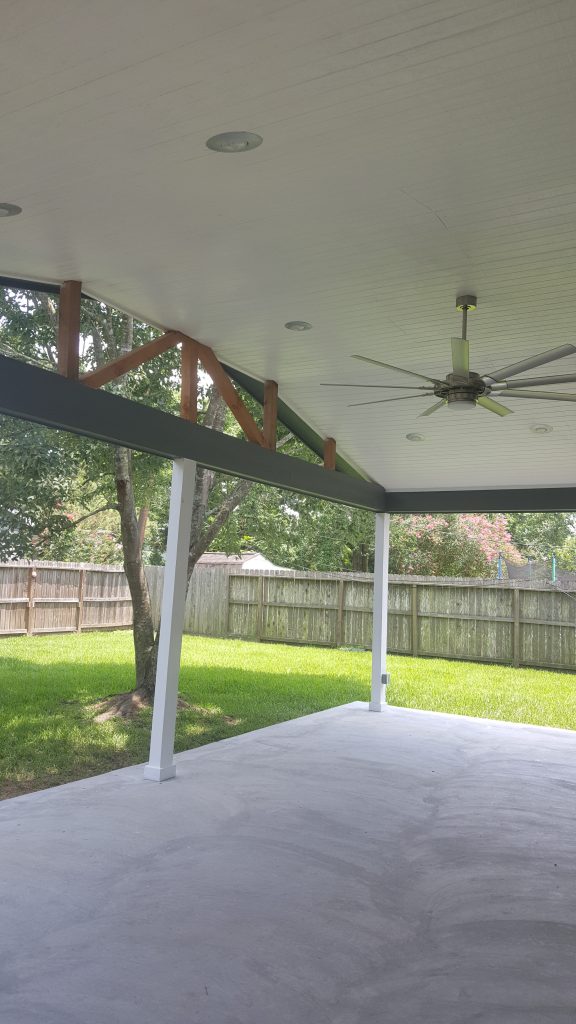With the rising energy costs there has been an increase in interest for energy saving appliances. Efficent “tankless” water heaters have become very popular for their capability to heat hot water on demand, with no storage tank required. Instead of holding water in a traditional water tank, they circulate the cold water through a series of electrically heated coils that warm the water as it moves pass this heat source. This newer process of warming water requires more expensive equipment than the conventional water heater, but this money is regained in the long term with energy efficiency savings. The energy savings is mainly gained from no longer needing to heat an entire tank of water.
Thank you for reading this post, don't forget to leave a comment.
Since the tankless water heaters do not store hot water but rather constantly heat water as it is demanded, they do not run out of hot water. There is one exception, to this “endless” supply of heated water. The flow rate is limited. In other words if you simultaneously use more water than the flow of the water heater (i.e. 3 people showering at one time) you will receive unheated water.
Since conventional water heater stores the water together in a large tank it is able to provide water at a set temperature. Tankless water heaters differ in this aspect since they are dependent upon the incoming water temperature and the flow rate. The incoming water temperature can vary greatly from summer to winter. The capacity of a tankless water heater is generally measured by how many temperature degrees it can increase water temperature by gallons per minute (gpm). Most tankless water heaters are powered by gas to better handle the heat output and response time required. These gas powered water heaters require proper venting, normally more venting than the older, conventional water heaters required. If you are replacing a conventional electric water heater tank, you may want to add a power vent in the side of the wall. This would be the less costly alternative if there is no existing roof vent. Some of the smaller and more portable single-fixture units are powered electrically.

